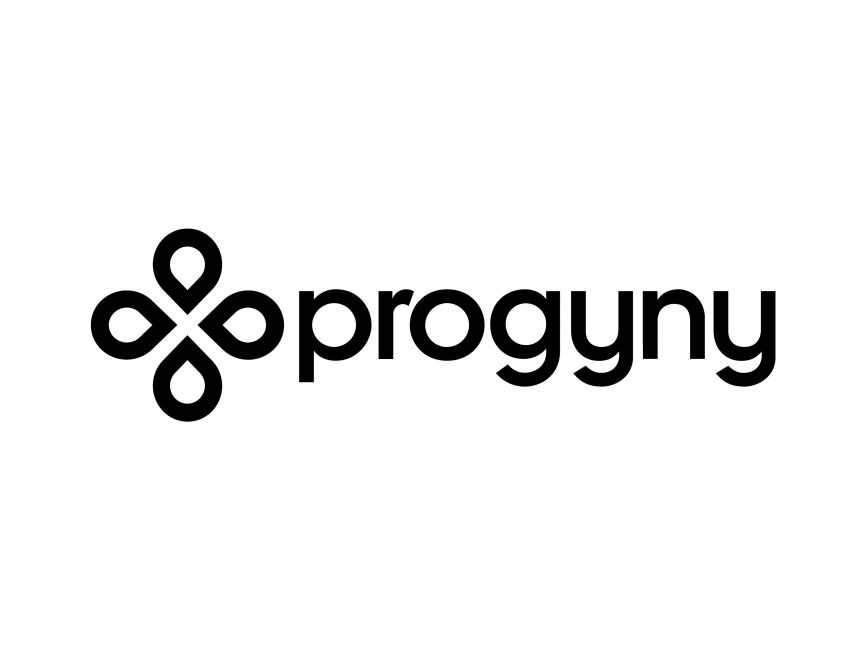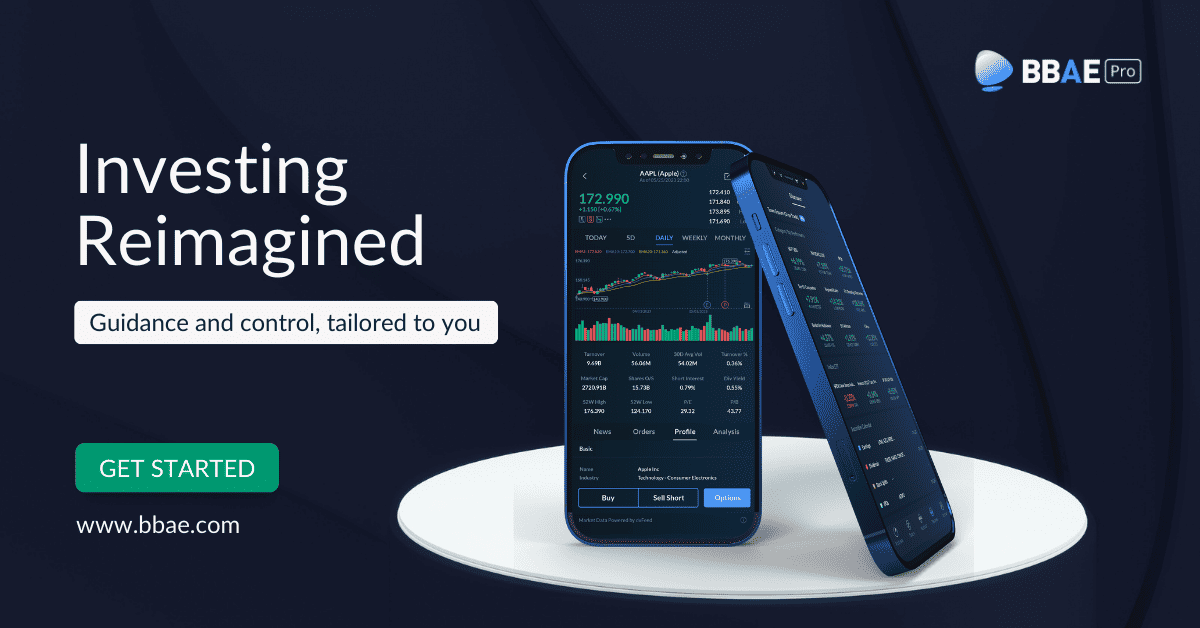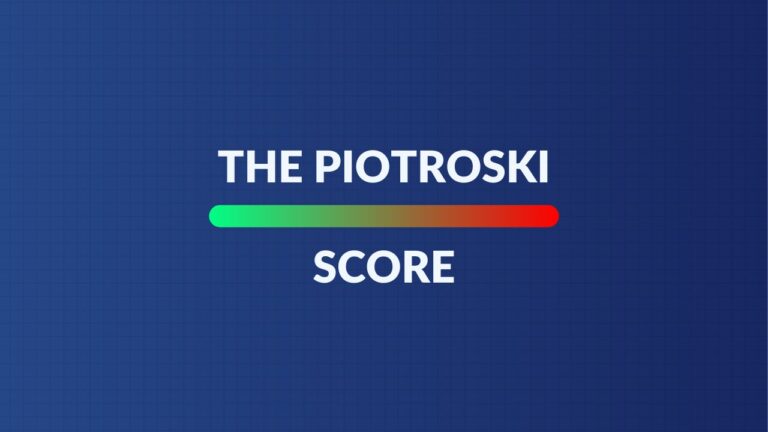
Uber Technologies (UBER) – Miscellaneous
- Drizzly launched a new holiday marketing campaign to help provide ideas for alcohol-based gift giving. ‘Tis the season for getting plastered.
- Uber is rolling out a software upgrade to weed out bad-actor consumers on the platform. It will seek out patterns of negative reviews to secure a refund. With this information, it will remove commentary from these users from a driver’s profile. It’s also upgrading explanations given to drivers for poor reviews and account deactivations with the ability to appeal.
- Uber is launching a new type of service offering. It functions similarly to Fiverr as a marketplace for contractors. With it, consumers can hire people to complete tasks or run errands. It’s beta testing the service in Florida and Canada. The more services it provides, the better its lifetime value to customer acquisition dynamics will become and the larger of an edge it will have over mono-line competition.

Amazon (AMZN) – Prime Subscription, Margin Expansion & Miscellaneous
Prime Subscription
There were two interesting pieces of news this week to support Prime Subscription pricing power. First, Amazon will add package tracking and return services for “Buy With Prime” merchants. With this introduction, Prime subscribers will be able to track deliveries through Amazon merchants selling on their own sites.
Secondly, Amazon’s Project Kuiper (low orbit satellites to rival firms like Starlink) delivered a 100% success rate. This is an important step towards cloaking the world with affordable satellite internet. This is expected to eventually be laced into the Prime Subscription to drive more value.
Margin Expansion
There were also a few interest margin expansion notes on Amazon this week. First is advertising. Amazon and Meta are partnering to integrate user accounts and transform Amazon ads on Instagram and Facebook into commerce (shop-able) links. Commerce links, unsurprisingly, convert customers at a higher clip than non-commerce links. They mean fewer clicks to checkout and lower friction. This diminished fraction raises checkout performance for merchants.
This friction erodes further when checkout is native to a site where consumers shop. In this case, that would be Facebook’s apps. Native simply means that checkout starts and finishes on Meta’s apps. It means shoppers don’t bounce in and out of the page which, again, raises conversion. This new relationship brings both conversion tailwinds fully to the table. It should be a revenue tailwind for Meta’s ad impression value and demand. It should be a revenue tailwind for Amazon as it enjoys a more effective selling channel. That enhanced efficacy should mean enhanced selling efficiency and better margins from this channel partner. I love it when my two largest holdings get along.
Along similar lines, Amazon is partnering with many social services to expand the reach of its ad impressions for merchants. It has recently added Meta, Snapchat and Pinterest to this program. That means more placements to sell to merchants and more high margin revenue to generate.
It’s also pushing hard into India to attract more 3rd party sellers to its marketplace. It wants to foster $20 billion in exports from that nation by 2025. 3rd party seller revenue is higher margin for Amazon than its 1st party marketplace revenue. India, with its giant population, growing middle class, business friendly government and current technological revolution, is an ideal country in which to seek out growth. That’s why every mega cap tech name is doing so.
Finally, it fired some employees within its gaming and Alexa segments in a move to drive more focus.
Miscellaneous
- It will also start selling Hyundai’s in 2024. Shoppers will be able to buy a car on Amazon and pick it up at a dealer.
- Nasdaq continues to move more of its infrastructure to AWS.
- Amazon, Google and Microsoft will invest $8.5 billion in Thailand’s digital evolution.

Progyny (PGNY) – CEO Chat
Review of its Competitive Edge
How has Progyny created such a monopoly-like presence within this small niche? It’s a simple formula. The firm fully customizes all treatment cycles. It treats prospective mothers like individuals. Competition treats them in a one-size-fits-all manner with mandated therapy steps and dollar maximums. These limitations force poor treatment decisions and complications.
Conversely, Patient Care Advocates (PCAs) perfectly complement Progyny’s treatment customization to ensure mothers are making the best decisions for themselves. This, in turn, leads to better treatment selection and faster time to fertilization. That diminishes treatment needs and lowers usage rates of neo-intensive care units (NICUs) due to better treatment structure.
This outcome edge means a cost edge due to avoided NICU expenses and the lower number of treatments. Finally, its early clients “went to bat” for the company to force national carriers to fully integrate with Progyny’s offering. So? This means Progyny offers benefits on a pre-tax, not post-tax basis. That means several thousand dollars in cost advantages for the patient too. Healthier and wealthier parents, wealthier employers. That’s Progyny.
The Specialist Network
We got a couple of interesting updates on the size of Progyny’s network and its presence within that network. As of today, members of Progyny’s specialist network perform 70% of treatment cycles in the U.S. About 35% of this 70% is covered by insurance with the rest being cash pay. This means that Progyny represents a maximum of 25% of U.S. treatment cycles, and likely a much lower proportion given that it doesn’t own 100% of the market (yet).
Selling Season & Another Domino
The firm is entering 2024 with its largest active pipeline to date. This sets it up well for continued strong growth in 2025. Furthermore, 2023’s selling season marked the 8th straight year of 20%+ of its existing clients expanding coverage. This fell from 25% Y/Y due to ProgynyRx penetration now approaching 100%.
Last year, Progyny won the Detroit Pistons as its first sports team. This year, it won 2 more NBA teams and an entire sports league. This is a consistent pattern. It wins a client in an industry and then proceeds to up-sell more services to that client and its competition. Competition follows the first domino to fall as they race to stay competitive in talent recruiting.
Progyny added 1.3 million lives this selling season vs. 1.2 million last year and it guides to stable or growing net additions annually. It is noteworthy that 300,000 of these 1.3 million lives were from a federal government win which will initially monetize at a lower clip. That led some analysts to discount these 300,000 covered lives out of the selling season results and claim this was a poor showing. I disagree. A few notes on this.
The federal government is a massive opportunity. Just like other industries show a domino-like pattern, the firm thinks this public sector will too. It expects to up-sell more services over time to smooth out the monetization gap and expects this to lead to more federal government wins. So? I don’t think it makes sense to back these lives out. BUT… even if you want to, results amid this backdrop were very good. Without the contract, it will grow members by 20% Y/Y for 2024. That’s amid one of the most difficult backdrops for selling employer benefits in recent history. And? The potentially lost members aren’t actually lost, they’re simply delayed. Progyny’s “not now” clients from one year generally represent a large chunk of client wins in the following year. The cohort of not-nows heading into 2024 is quite large and sets them up for a highly successful selling season next year. Something similar happened in 2020 when clinics were shuttered and appetite to add benefits diminished amid the pandemic shock. It used this exact commentary of the not-now backlog growing larger with the expectation of that leading to stronger 2021-2022 growth. That’s exactly what happened, and I expect that to happen this time as well.
Long Term Opportunity
Progyny won’t offer longer term revenue guidance until its opportunity matures a bit more. It’s just too early on to be giving that guidance with the firm being less than 5% penetrated in its directly addressable market. It does offer more color on longer term margin targets. It expects cash flow margin to reach 15% over time.

Disney (DIS) — ESPN Bet & Another Activist
ESPN Bet launched in 17 states this past week. ValueAct is joining Nelson Peltz as another activist investor in Disney.
The firm built the stake (amount not reported) throughout the summer and it was disclosed this past week. The activist thinks Disney’s parks and consumer-products businesses are worth $80 on their own. As I said about Peltz’s investment, I don’t think Disney needs activist investors at this time. I view it as being on the right path to a recovery. That will take time to play out (especially in film as we can see from The Marvels early performance), but the free cash flow guide and operational changes point to things moving firmly in the right direction.
Macro
Inflation Data
- Consumer Price Index (CPI) Y/Y for October was 3.2% vs. 3.3% expected and 3.7% last month.
- Core CPI (strips out food & energy) Y/Y for October was 4.0% vs. 4.1% expected and 4.1% last month.
- CPI M/M for October was 0% vs. 0.1% expected and 0.4% last month.
- Core CPI M/M for October was 0.2% vs. 0.3% expected and 0.3% last month.
- Producer Price Index (PPI) M/M for October was -0.5% vs. 0.1% expected and 0.4% last month.
- Core PPI M/M for October was 0% vs. 0.3% expected and 0.2% last month.
- Export Price Index M/M for October was -1.1% vs. -0.5% expected and 0.5% last month.
- Import Price Index M/M for October was -0.8% vs. -0.3% expected and 0.4% last month.
Consumption, Output and Employment Data
- New York Empire State Manufacturing Index for November came in at 9.1 vs. -2.8 expected and -4.6 last month.
- Philadelphia Fed Manufacturing Index for November was -5.9 vs. -9.0 expected and -9.0 last month.
- Industrial Production M/M for October grew by -0.6% vs. -0.3% expected and 0.1% last month.
- Retail Sales M/M for October grew by -0.1% vs. -0.3% expected and 0.9% last month.
- Initial Jobless Claims were 231,000 vs. 220,000 expected and 218,000 last report.











